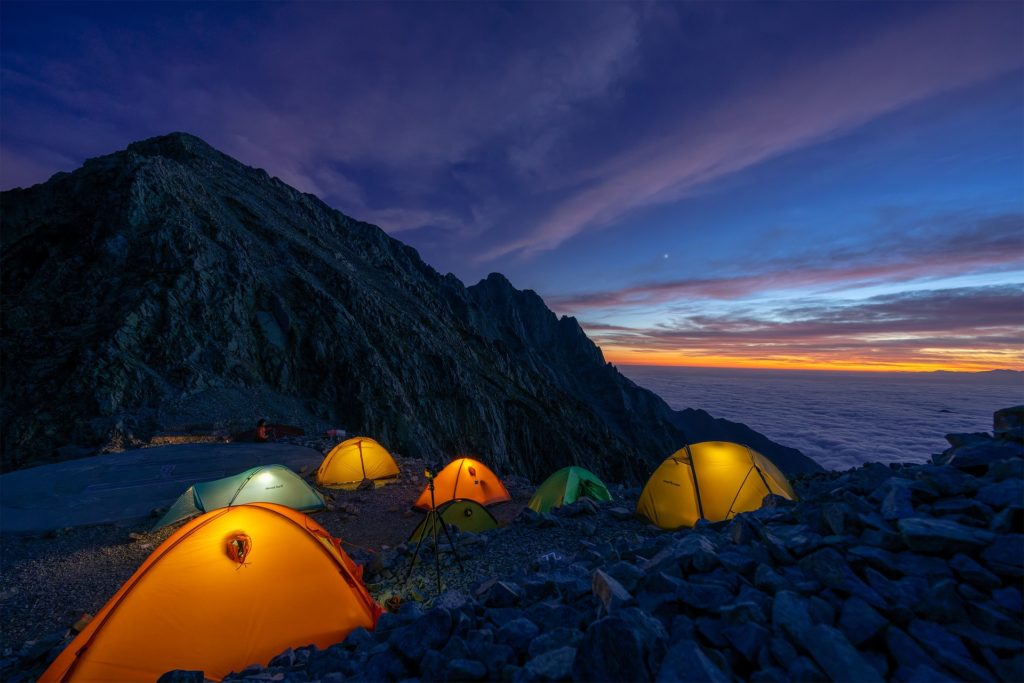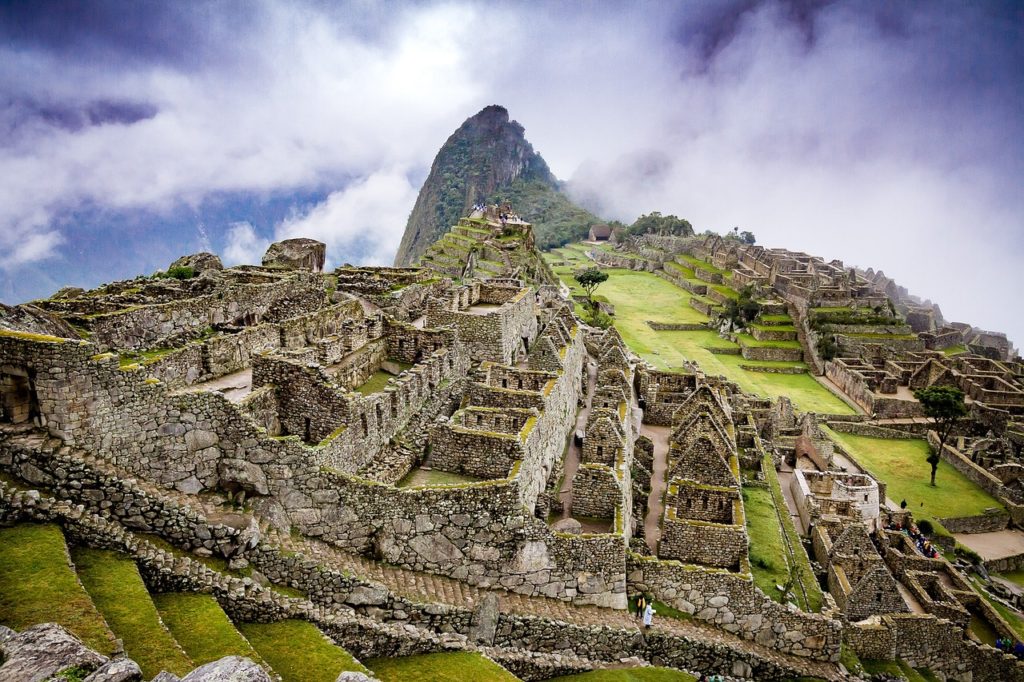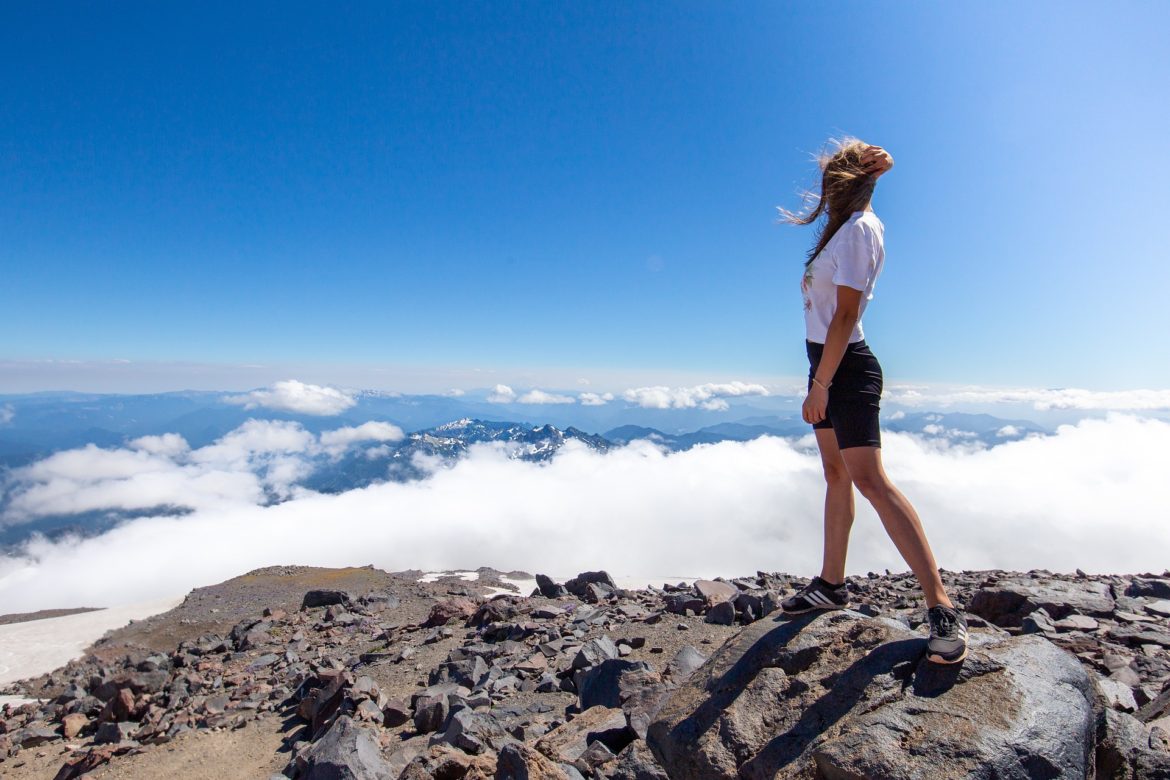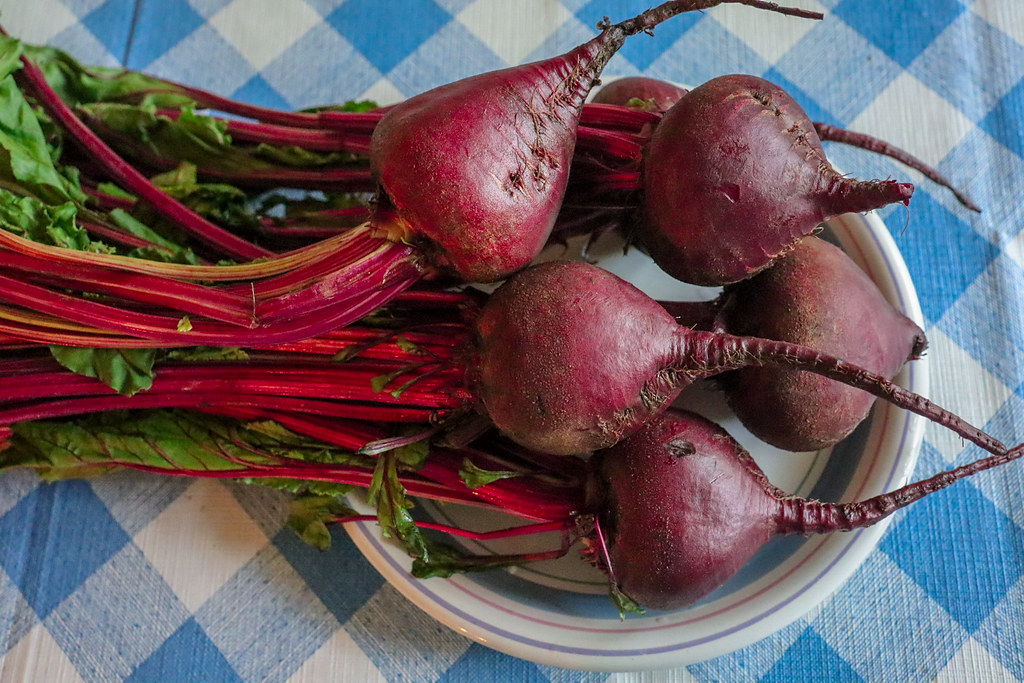You don’t have to be climbing the summit of a mountain to get altitude sickness. After my horrible experience with altitude sickness in Cusco, Peru I vowed to never let this happen again. I researched this malady to understand it better and will gladly share these altitude sickness prevention tips.
Firstly, there are many levels of altitude sickness. The general rule of thumb is anything over 8,000 feet above sea level is potentially where people may get symptoms. Cusco is at about 9,2000 feet and my symptoms felt like the worst hangover I ever experienced. I tried cocoa leaves to no avail and literally had to just rest until my plane flight left the area.
What is Altitude Sickness?
At higher elevation the air becomes thinner with less air pressure. This lessens oxygen molecules and therefore our oxygen intake. Your body adapts over time and its why people that live at a high altitude have an advantage. This is also why mountain climbers pace their elevation gain to the summit. Once you get symptoms, the only way over it is get to a lower elevation or get access to an oxygen machine. The rule of thumb is to return to sleep at the last level you were comfortable.
3 Levels & Symptoms of Altitude Sickness

Acute Mountain Sickness (AMS) is the mildest and most common. Symptoms include headache, nausea/vomiting, fatigue, difficulty sleeping and loss of appetite. You can adjust a mild case by going to a lower elevation, where you were last comfortable and slowly gain elevation from there.
High Altitude Cerebral Edema (HACE) is moderate to severe when the brain swells. Signs of this include loss of balance, confusion and inability to walk a straight line. This level requires getting to a lower elevation and getting medical help.
High Altitude Pulmonary Edema (HAPE) is when the lungs fill with fluid. It may or may not come after AMS or HACE. Symptoms include shortness of breath, dry cough, fatigue and eventually a wet, gurgled cough. Medical treatment is necessary and if left untreated, HAPE can cause death.
Altitude Sickness Prevention Tips

While there are many things you can do to help prevent altitude sickness, a slow ascent is the best precaution. However, when you fly into a high city like Cusco or Quito that is not always an option. So, here’s a list of tips to prevent this travel malady:
Acclimatization: If given enough time, your body will adapt to higher elevations with a faster heart and breathing rate. Even more, your blood develops more red blood cells than normal. The rest of your cells adapt by becoming more efficient at using oxygen.
Moreover, a rule of thumb is to give yourself at least 2 days to be at 8,000 – 10,000 feet. You can climb higher if feeling ok, however, it’s advised to sleep at lower elevation. Everyone is unique and adapts at different rates. It all comes down to listening to your body and how you feel.
Drink lots of water and avoid alcohol: The thinner air in higher elevation is dryer and therefore, it’s important to drink lots more water than usual. Of course, it’s best to avoid alcohol since it’s dehydrating.
Eat more carbs and less fatty foods: Your body uses less oxygen to metabolize carbs than fats. Fats don’t contain oxygen and need 2 additional oxygens per carbon. In comparison, carbs, such as, pasta and vegetables have one oxygen molecule and require only 1 oxygen per carbon to metabolize the food. Overall, fatty foods make your blood and circulation more sluggish.
Foods and Herbs – altitude sickness prevention tips:
Both ginkgko biloba and beet root increase circulation, carrying more oxygen to the body. Rhodiola is a high elevation plant that boost energy and helps alleviate symptoms of altitude sickness. A popular Chinese Herbal Formulas for altitude sickness is Sheng Mai San (Ginseng and Ophiopogonis Formula).
Coca leaves are popular in South America, especially Peru, Bolivia and Ecuador. You can either chew on the leaves or drink it as a tea. However, the coca will leave behind traces of cocaine in your blood that may affect a drug test. So, if you are concerned about that you may want to avoid it all together.
Medications: Over-the-counter drugs, such as, aspirin or ibuprofen may help to relieve the headache associated with AMS. You must consult a physician for oxygen therapy or drugs, such as Diamox (Acetazolamide) to help with altitude sickness. Oxygen machines are available in some motels in cities at higher elevations.
Safe & Healthy Travels…
Altitude sickness is a serious condition, and it can spoil or even end a vacation or outing. So, take the time to research and prepare beforehand. Planning is crucial because often once you get symptoms there may be no way to improve except by descending in altitude.
Leave your comments below if you have tips, that you found helpful to prevent or treat altitude sickness.
Disclaimer: This article does not intend to diagnose, cure or treat any disease. Consult a health practitioner for any illness.
Read Next!
Travel Resources & Tips
The Ultimate 100 Travel Wellness Essentials & Packing List


